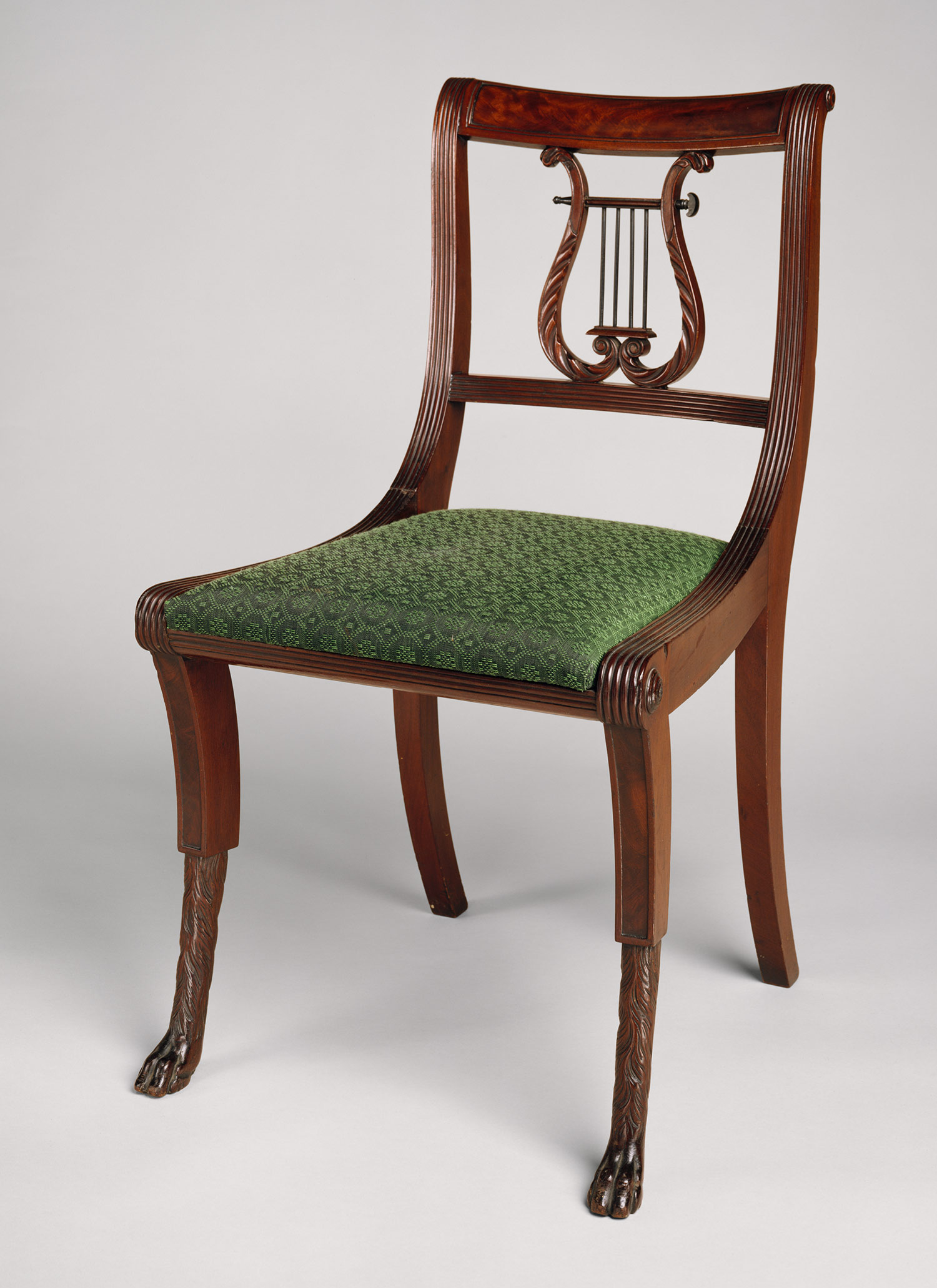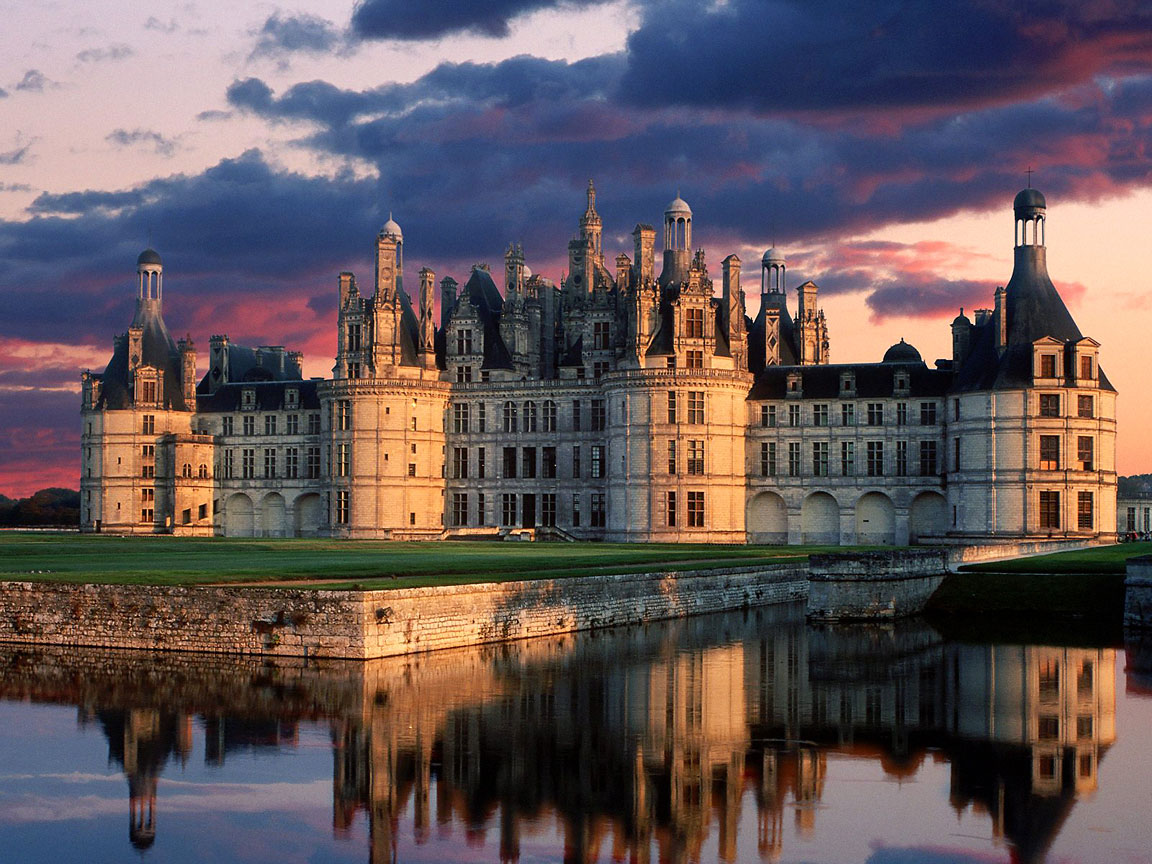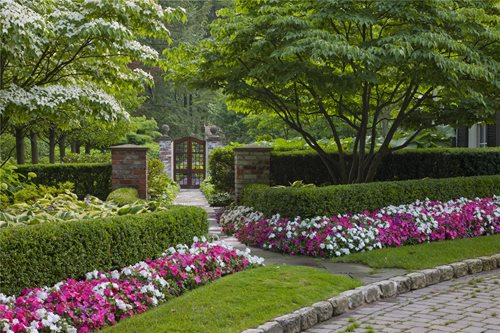The Mid Renaissance of the English period fascinated me the most. Starting from the 1600s to 1750 was when this time period began and moved onto the late Renaissance. At 1666 there was a great fire in England that burned a large section of London. Sir Christopher Wren stepped up to the plate and created new designs for England. He invented the new baroque, urban design. His designs were greatly influenced by the French. One of the new chateaux he built was the St. Paul's Cathedral in London. Below are images of the St. Paul's Cathedral:


One woman who humored me with her stubbornness and lack of interest was Queen Anne. She was neither interested nor influential to interior design. She was interested more on social living such as tea or coffee drinking. However she was influenced by trading. She traded with the Chinese for furniture, lacquer, Chinese porcelain, corner display cabinet, tea, and tea tables. In addition, she traded with Cuba for mahogany. Mahogany was very useful because it was easier to work with than walnut, firmer and has less difference in grain, and absorbs polish better. Queen Anne then became influential to design. Her design elements included: curved lines as dominating motif, Chinese structure for furniture, elegant and graceful, and the cabriole leg. The cabriole leg chair was influential and we see it everywhere today in our furniture.
 Modern Applications:
Modern Applications:



Other Student's Blog:
In Dana's blog, I really liked how she explained the three separate periods during the English Renaissance. Also, she explained her current applications in which I learned that the Hepplewhite chair have straight, slender legs, backs are curved, and contain intricate designs. She did a great job of showing how the late English Renaissance is current today.
Looking at Ariana's blog, I liked how she pointed out that the English period was influenced by the Italian Renaissance in which I did not know about. She explained the Tudor style home which had wood framing. I really liked her pictures for showing us what a Tudor home actually looks like.
Going into further explanation of St. Paul's Cathedral is this short video. Check it out!
https://www.youtube.com/watch?v=miQif-h1f_k














